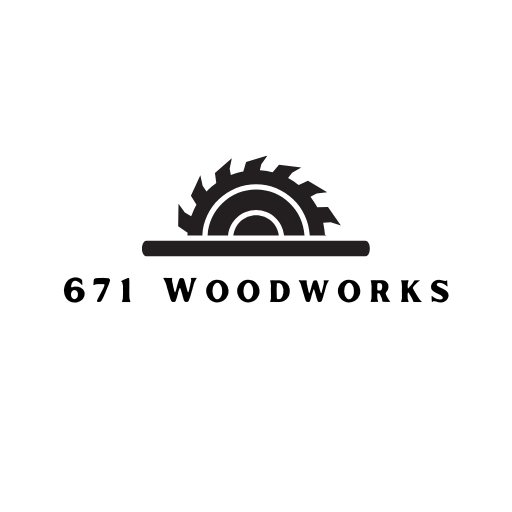What is the best soil will make my plants thrive to their fullest potential? Should I just dig up some dirt from the yard and throw it in there? Should I get a bagged potting soil from the nearby home center? Should I purchase some expensive compost for this?
Where do I even start?
If you are anything like me, you will likely go to the nearest home center or garden center and ask an associate for some dirt to put in your garden or planters. After they finish rolling their eyes they should inform you that dirt is missing organic matter whereas soil has organic matter. Think of it more as soil is a living ecosystem made up of billions or trillions of living organisms.
There are 3 primary components we are looking for when deciding on a soil for our usage. We must take into account the nutrient amount, water management and root health. Nutrients are very dependent on what you are growing. Strawberries need different nutrient counts than a potato for example. Water management (i.e. drainage) and root health go largely hand in hand. Plants generally don’t want to sit in water for extended periods. This will cause root rot if not addressed. However, we want to keep some the water from just falling right through the container. Similarly, in root health we want the roots to be able to freely and naturally expand. This means the soil avoids compaction in the soil.
Option 1: Bagged Potting Soil
Bagged potting soil is an excellent choice especially for new gardeners. It is designed specifically for the challenges of container gardening. (Fun Fact: Your planter box is a container as well.) Potting soils are designed to provide the correct nutrition to your plants while keeping water retention and soil compaction in the correct balance. There are lots of options of various bagged potting soils. The kind you use will depend on what you are growing of course! Note: Most potting soils do not actually contain soil. They are inert growing mediums. This largely means that they are sterile and will not introduce various diseases like fungi to your plants.
Bagged Potting Soil isn’t all sunshine and rainbows however. Being bagged means the soil comes in small quantities and is gets to be expensive very quickly. The water retention is also typically lacking. This means you will need to water more often to keep your plants satisfied.
Option 2: Topsoil
So if bagged potting soil is expensive can I just use the topsoil from my yard? Technically yes, though you shouldn’t. Top soil is missing the majority of nutrients your plants need to thrive. Top soil is also prone to compacting and holding onto water. This means your plants will be starting from a deficit they may never be able to overcome. Avoid using topsoil if at all possible.
Option 3: Raised Bed Mix
Raised bed mix is for… you guessed it, Raised Beds. This can be used in your planters but will take a bit of research. As with most things it will largely depend on what you are planting and what you intend to do. Raised Bed mixes are generally very similar to potting mixes but are generally chunkier. The larger particles in the mix allow for the mix to avoid compacting over many years and growing seasons. This can be a great option if you are filling raised beds and a few planters.
Can I make my own mix?
Yes! it is often cheaper to make your own mix. Plus you can tailor the mix to your exact needs. Who doesn’t like that? There are several popular mixes out there. The links below will give just a couple to spur your research.
- https://www.almanac.com/how-make-your-own-potting-mix
- https://www.naplesgarden.org/container-gardening-diy-potting-mix/
- https://getbusygardening.com/diy-potting-soil/
671 Woodworks is not affiliated with any of these websites or groups. These are just to aid in getting you out in the garden and enjoying the outdoors.
Share this info with someone who may need it!
